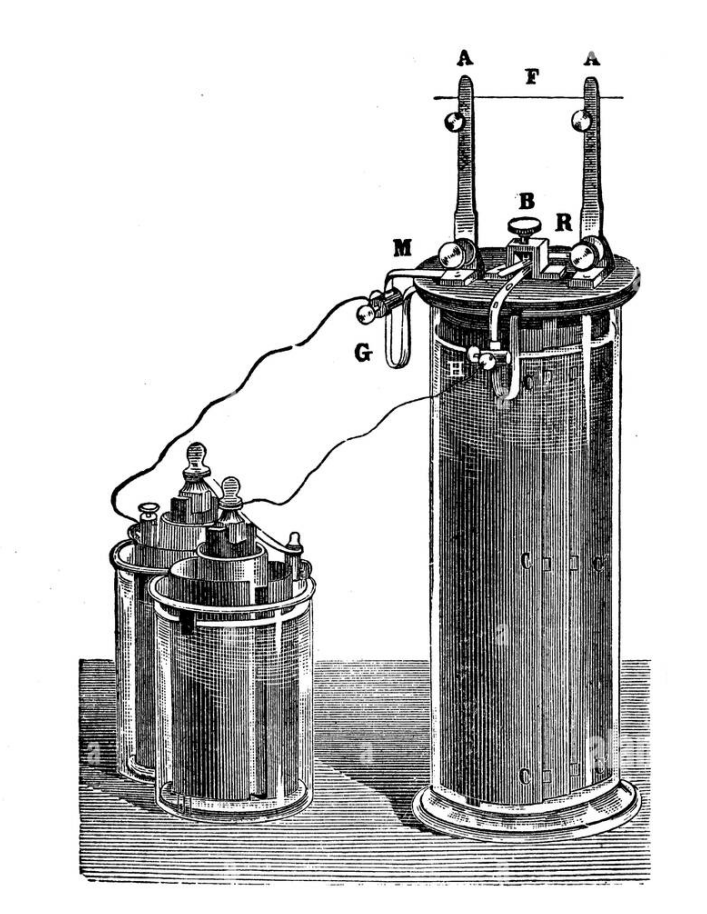Introduction: Lead-acid batteries have been a trusted source of energy storage for over a century. They are widely used in various applications, from powering vehicles to providing backup power in emergencies. Despite the emergence of newer battery technologies, lead-acid batteries continue to play a crucial role in many industries due to their durability, reliability, and cost-effectiveness. In this article, we will explore the fascinating world of lead-acid batteries, including their history, working principles, applications, advantages, disadvantages, and environmental considerations.
History of Lead-Acid Batteries: The history of lead-acid batteries can be traced back to the 1850s when the French engineer Gaston Planté invented the first practical lead-acid battery. Planté’s design consisted of two lead plates immersed in a sulfuric acid electrolyte, and it was capable of producing a steady, albeit low, electrical current. Over the years, the technology was refined, and by the late 19th century, the lead-acid battery had become a reliable source of electrical energy.

In the early 20th century, lead-acid batteries found widespread use in the emerging automotive industry, powering the first electric vehicles. The introduction of the electric starter motor in the 1910s further boosted the demand for lead-acid batteries in automobiles. Today, lead-acid batteries are used in a wide range of applications, including automotive, marine, industrial, telecommunications, and backup power systems.
Working Principle of Lead-Acid Batteries: Lead-acid batteries are electrochemical devices that store and release electrical energy through a series of chemical reactions. They consist of two lead plates immersed in an electrolyte solution of sulfuric acid. One plate is coated with lead dioxide (PbO2), while the other plate is made of pure lead (Pb). These plates are referred to as positive and negative plates, respectively.
When a lead-acid battery is charged, an electrical current is applied to the battery, causing a chemical reaction to occur. During charging, lead sulfate (PbSO4) is formed on both the positive and negative plates. This process converts the lead dioxide on the positive plate and the pure lead on the negative plate into lead sulfate.

During discharge, when the battery is supplying power, the chemical reaction is reversed. The lead sulfate on the positive and negative plates is converted back into lead dioxide and pure lead, respectively. This process releases electrical energy that can be used to power various devices or systems.
Lead-acid batteries are typically designed with multiple cells connected in series to increase the voltage output. Each cell consists of a positive plate, a negative plate, and an electrolyte separator. The cells are connected in series to create a battery bank with the desired voltage and capacity.
Applications of Lead-Acid Batteries: Lead-acid batteries are used in a wide range of applications due to their reliability, durability, and cost-effectiveness. Some common applications of lead-acid batteries include:
- Automotive: Lead-acid batteries are widely used in automobiles to power the starter motor, ignition system, and other electrical accessories. They are also used in hybrid vehicles as a part of the energy storage system.
- Marine: Lead-acid batteries are used in boats and ships to power electrical systems, lighting, navigation equipment, and communication devices.
- Industrial: Lead-acid batteries are used in industrial applications, such as forklifts, golf carts, backup power for critical equipment, and uninterruptible power supply (UPS) systems.
- Telecommunications: Lead-acid batteries are used in telecommunications infrastructure

